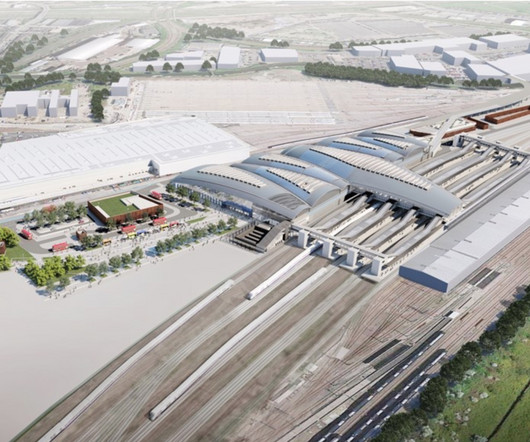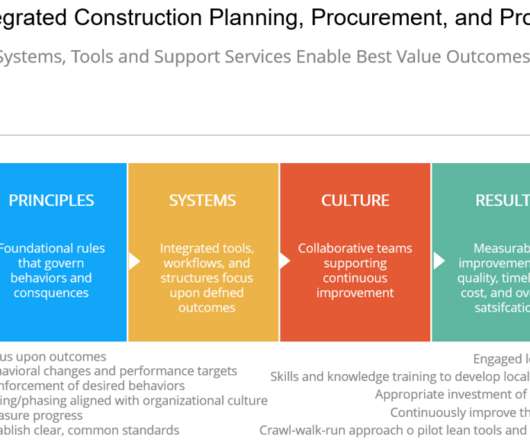STRUCTURAL USES OF PRECAST CONCRETE
The Constructor
MARCH 25, 2012
Use of Precast Concrete in frames: There are two main types of precast building frame. Use of Precast Concrete for Floors: Each year the industry makes about 5 million square meters of precast floor slabs. Structural frames are mainly used for offices, car parks and retail developments.













































Let's personalize your content